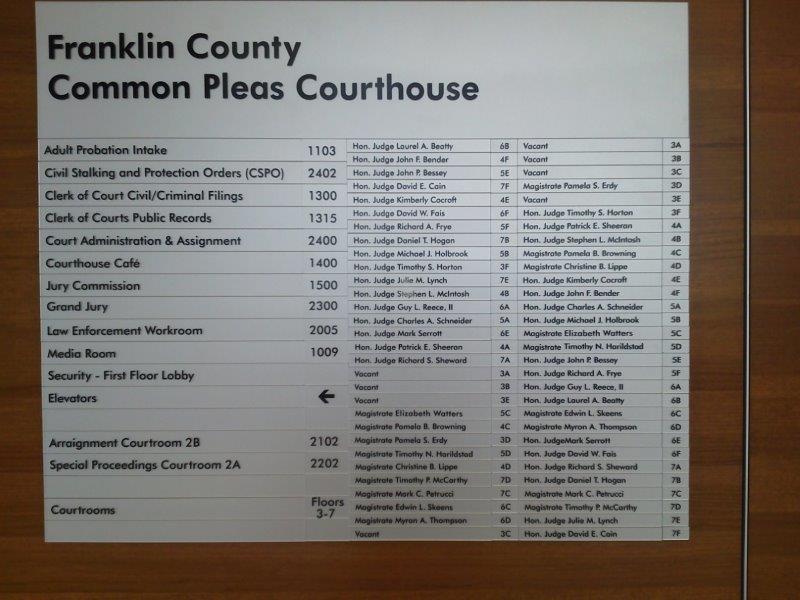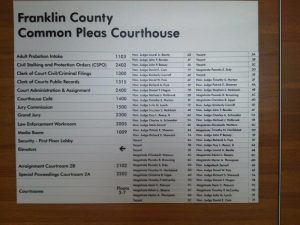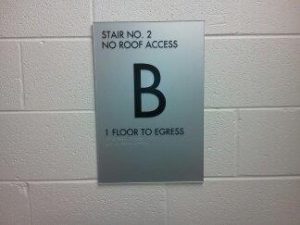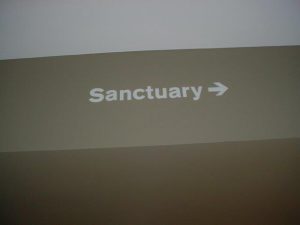
Interior Directional and Wayfinding Signs
What are Interior Directional and Wayfinding Signs?
Interior directional and wayfinding signs are essential tools for guiding people through indoor spaces. They provide clear information about locations, directions, and destinations within a facility, helping visitors navigate confidently.
At Adams Signs & Graphics, we specialize in creating customized directional and wayfinding systems that ensure clear navigation in any environment. With years of experience working across industries, we provide solutions designed to fit every budget. Additionally, we offer exterior directional and wayfinding signs that enhance visibility and guide visitors seamlessly to their destinations.
Benefits of Interior Wayfinding Signage
- Improved Visitor Experience: Reduce stress and frustration by providing clear navigation
- Enhanced Efficiency: Guide people to their destinations quickly, improving overall operational flow
- Increased Safety: Proper signage can clearly mark emergency exits and evacuation routes, enhancing safety for all occupants
- Reinforced Brand Identity: Customized wayfinding signs can incorporate your brand colors and style, strengthening your visual identity
- Reduces Staff Interruptions: With clear directional signage, visitors can find their way independently, freeing up staff time
Interior Directional and Wayfinding Sign Options
We offer a wide range of directional and wayfinding sign options to suit your specific needs:
- Floor Decals: Applied to the floor, these decals feature directional arrows or text to guide foot traffic in large indoor spaces like airports, malls, or exhibition halls, ensuring smooth navigation.
- Wall-Mounted Signs: Attached to walls or other vertical surfaces, these signs display directions, maps, or symbols, helping people navigate through hallways, corridors, and entrances.
- Pictorial Signs: Using universally recognized symbols or pictograms, these signs are especially useful in multilingual environments or for overcoming language barriers, ensuring everyone can understand the information.
- Overhead Signs: Suspended above eye level, these signs are commonly used in airports, train stations, and large public spaces to indicate directions to terminals, gates, or other areas.
- Directory Signs: Found in large buildings or complexes, directory signs list the names and locations of businesses or departments, helping visitors easily locate their destinations.
- Information Kiosks: Interactive touchscreen displays that provide detailed maps, directions, and information about points of interest. They help users find specific areas or services in large, complex spaces.
Our team can help you choose the best combination of signs to create an effective wayfinding system for your space.
Examples of Directional and Wayfinding Signs
We pride ourselves on creating professional custom signs that draw attention to your business. Check out examples of our directional and wayfinding signage projects for inspiration.





Making Great Signs For Over 70 Years
From design and permits to installation and maintenance, Adams Signs is a full-service turnkey signage partner here to help keep your business and your mission illuminated.

Begin Your Signage Project Today
At Adams Signs, we will help guide you to choose the best signage to meet your goals and budget. Get started today with a free, no-obligation quote.
